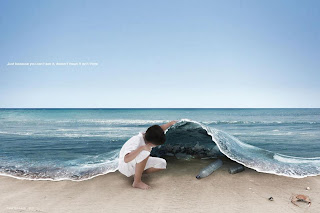I don't know why I should be surprised. Even though the uprising in Cairo last year was largely waged via Facebook (see Wael Ghonim's powerful book Revolution 2.0), in America we have not yet reached the boiling point. I know this. I work at tamping down my pessimism about the state of the Earth and my grief for what is happening to wild nature and loved communities, because I know people don't like to read about upsetting things.
Still, I was surprised. On May 28 I posted a comment on my Facebook page comparing wounded veterans who have served in foreign wars with wounded places that have been used up and abandoned. Three people "liked" it and no one commented.
The next day, May 29, I posted a photograph of a fawn my husband had discovered sleeping under an apple tree in our orchard. Result:
Like: 43
Comment: 12
Fawns are nicer to look at than the damaged Earth.
I'm surprised. But I am disheartened. I founded Radical Joy for Hard Times because I believe we can't truly change the way we live on Earth until we're willing to encounter what's in our midst and damaged... and that we still love... and in the process find beauty, meaning, community, and even joy.
We can indeed experience beauty and innocence. Not instead of facing the broken places in our midst, but through the act of facing them, facing our grief and rage over what's happened to them, and offering attention and creativity.

















